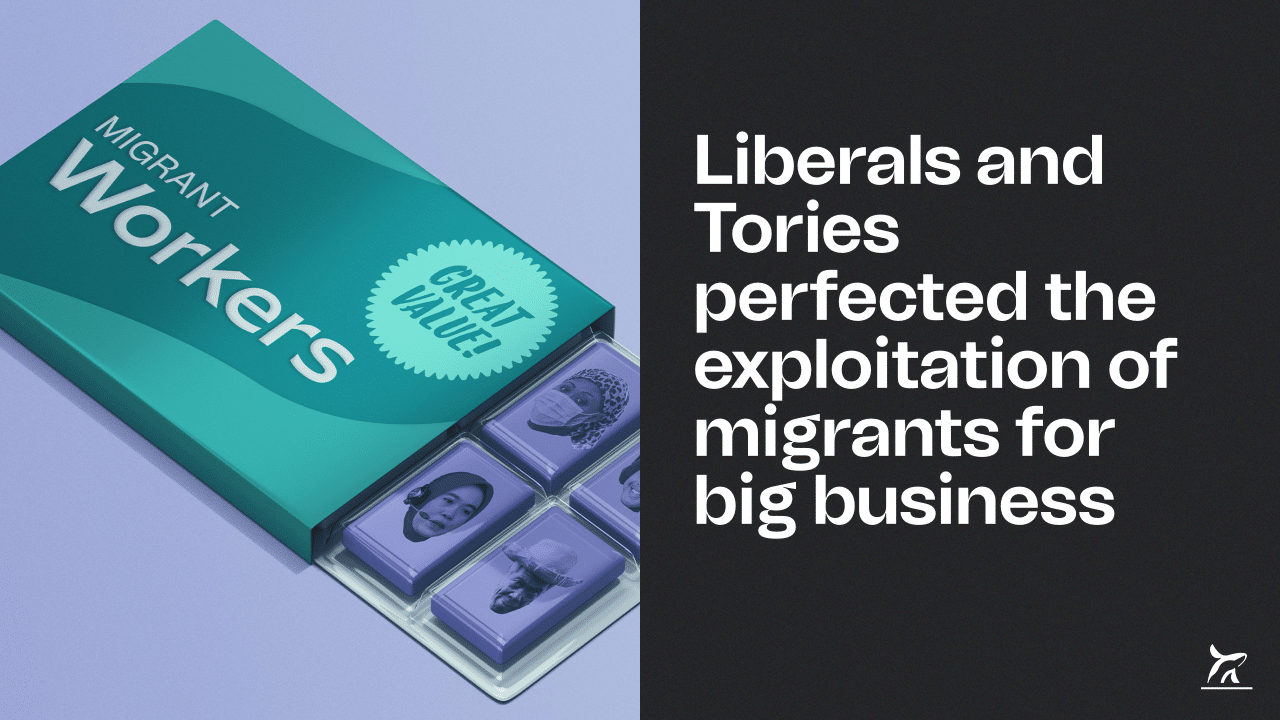For everyone from Donald Trump to the United Nations, Canada’s system is seen as a highly effective way to control and manage migration for the needs of the corporate class
These racialized workers generate great wealth for the corporate class inside countries like Canada because they’ve been made exploitable through a restrictive immigration regime designed to ensure they remain vulnerable, docile, deportable and disposable.
Capitalists tend not to be fundamentally anti-migrant but rather seek to control and manage migration for the needs of business. They envision migration to be a kind of kitchen faucet that can be turned on and off according to labour market fluctuations. These include some of the largest corporations on the planet like Uber, Amazon, Walmart, and giants within the Canadian economy like Loblaws and Dollarama. Corporations in critical sectors like logistics, warehouses and distribution rely on the same strategies in the Global South as they do in the Global North: when the industries cannot be offshored, they rely on a precarious workforce of migrants.
But over the last two decades, both Liberal and Conservative governments had made this possible, constructing an immigration regime that prioritized temporary migrant labour. Increasingly restrictive for asylum seekers and those living with precarious status or without status, it ensures the disposability of certain categories of migrants, while opening the door to permanent migration for those deemed “deserving.” In the process, Canada’s model has drawn the attention of other governments and agencies around the world—in many ways, a model immigration regime to service global capitalism.


